Types of Russian Trains
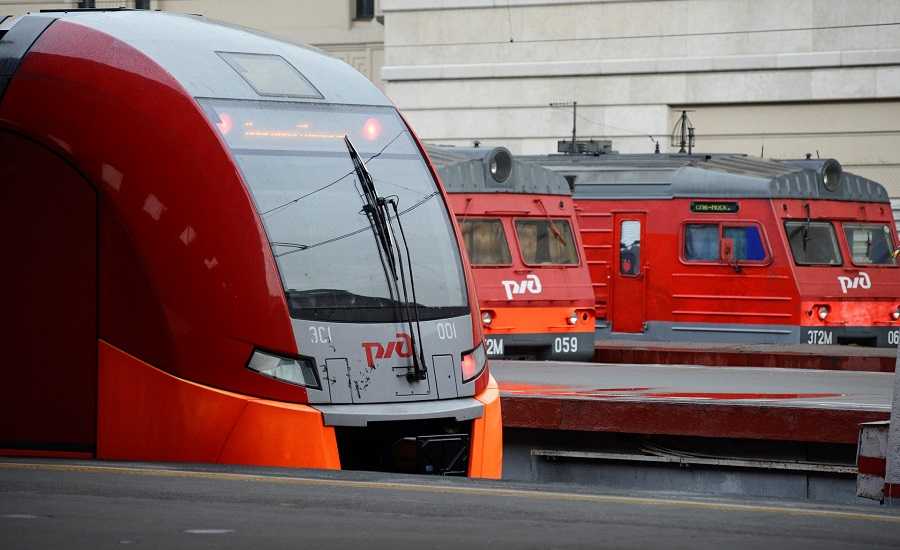
What trains are available in Russia?
- Train Types: Branded and Non-Branded trains generally cover the same routes within a similar amount of time, but there are important differences such as the quality of service provided.
- Train types by speed: The journey time of a High-Speed train vs a Regular train can differ by a factor of 3x, but fast isn’t always best as Regular trains give an unbelievably genuine view of Russia.
- Train types by distance covered: Long-distance trains are what the majority of tourists flock to, but electrichkas should not be forgotten as they offer an economical, eco-friendly and very Soviet way to explore cities and their suburbs.
- Types of compartments: Wooden benches, velvet curtains, drop-down toilets and private bathrooms can all be experienced in the widely varying classes of travel offered in Russia. Onboard there’s something that’ll fit everyone’s needs from the lone backpacker with $25/day to the honeymooners who want to feel like Royals.
Like taking tea and scones in England, travelling by rail in Russia is almost obligatory. A sad result of both communism and capitalism is that most of the once picturesque villages spread over Russia have been abandoned, therefore making long-distance drives in Russia dull, depressing and difficult when trying to find comfortable stopovers. Hence the reason why in Russia, train travel is still as popular as it was in Europe half a century ago. And with misty, virgin forests whirring past, mostly jovial companions and the luxury of being able to stretch ones legs—what’s not to love?
Train types according to service provided
Branded trains (фирменный)
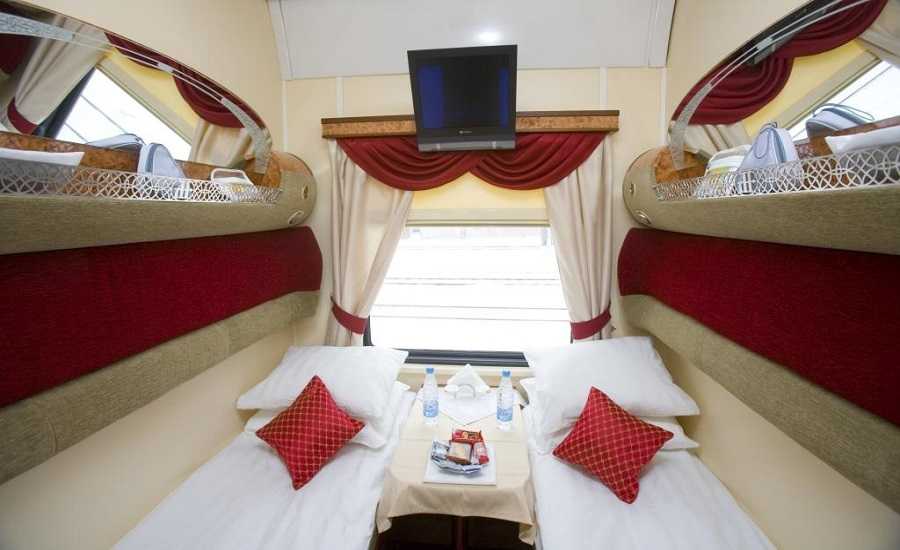 Without a doubt, the private, “firmenny” trains are the best type of train available in Russia for the majority of travelers. Offering 1st, 2nd and 3rd class, they can satisfy most budgets and expectations. As there are various providers and even more routes, the trains and services onboard do vary quite a bit. But, regardless of company or class, the carriages on branded trains are always in decent condition as they are required by law to be no older than 12 years. Kama, a train that runs along its namesake, the beautiful Kama river and the Trans-Siberian Rossiya train are both splendid examples of firmenny trains. Should you be interested, we can help you buy Russian train tickets for any branded train you desire.
Without a doubt, the private, “firmenny” trains are the best type of train available in Russia for the majority of travelers. Offering 1st, 2nd and 3rd class, they can satisfy most budgets and expectations. As there are various providers and even more routes, the trains and services onboard do vary quite a bit. But, regardless of company or class, the carriages on branded trains are always in decent condition as they are required by law to be no older than 12 years. Kama, a train that runs along its namesake, the beautiful Kama river and the Trans-Siberian Rossiya train are both splendid examples of firmenny trains. Should you be interested, we can help you buy Russian train tickets for any branded train you desire.
Non-branded trains (нефирменный)
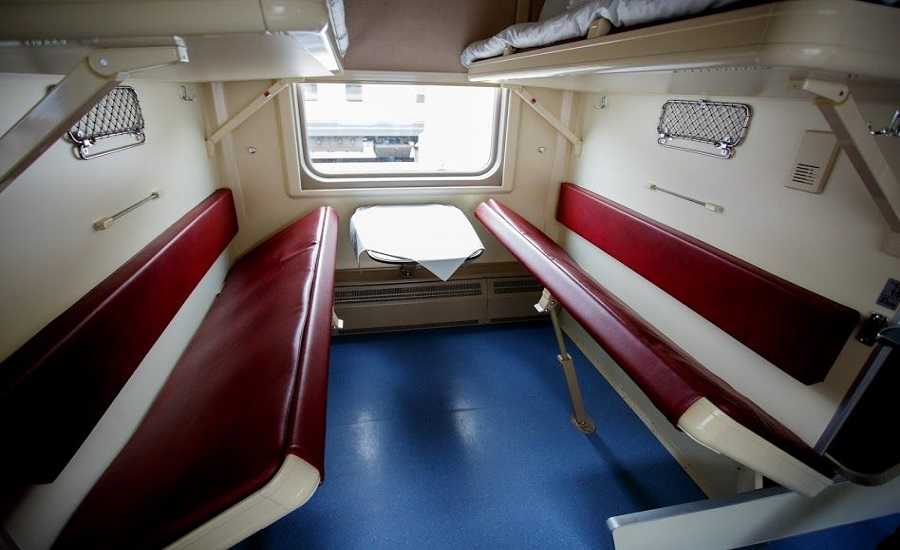
If you’re searching for the cheapest option, “neferminny” or non-branded trains are just the ticket for you. They generally cover the same routes as firmenny trains and offer 2nd and 3rd class compartments (sometimes even 1st). However, although they are rather popular with Russians, a foreigner may struggle. Due to the fact that they are not bound to the same stringent standards as firmenny trains, attendants might not speak English, the dining cart (if any) most likely won’t get you salivating and air-conditioning will probably be absent. They also tend to take quite a bit longer than the firmenny trains as they make more stops.
Train types by speed
High-speed train (скоростной, высокоскоростной)
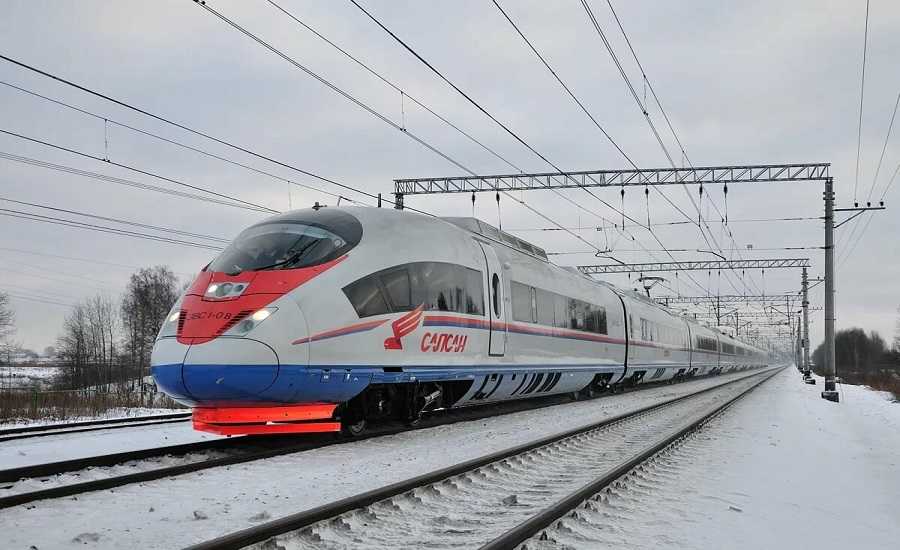
Named after fiery, flighty birds and reaching speeds of 200km/hour, Russia’s high-speed trains could take the wind from the wings of any of Europe’s so-called modern trains. Perhaps the most famous of these beauties is Sapsan, which makes the trip from St Petersburg to Moscow a mere 4 hours as the falcon—sapsan means falcon in Russian— flies. Lastochkas (swallows) flit around larger cities and their outskirts, for example you could take a Lastochka from the center of St Petersburg and be in Vyborg, an ancient Finnish fort, in no time for a day of sightseeing.
Express train (скорый)
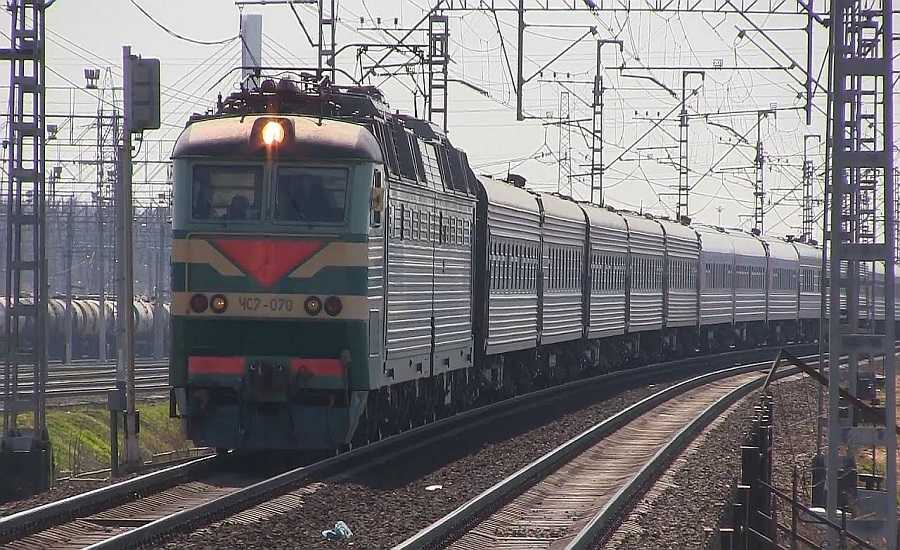
Express passenger trains are exactly what their name implies. Stopping at only the major stations and averaging 50 km/h to 91 km/h, they can make the longest of journeys seem a breeze. Both firmenny and nonfirmenny trains offer express trains and you’ll find that the majority of long-distance routes in Russia are served by express trains.
Regular train (пассажирский)
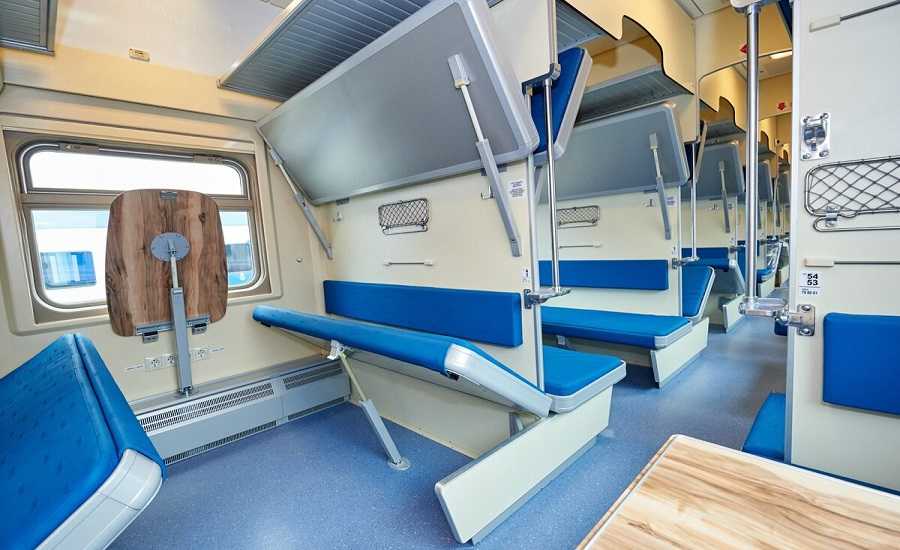
Stopping at every single station no matter how small or irrelevant and never exceeding 50km/hour, these are the trains for those who want to take a ride in the slow lane. Often, you’ll find local babushkas running through the carriages of these trains trying to sell everything from secateurs to erasable pens to ice-cream!
Train types by distance covered
Long-distance trains (дальний)
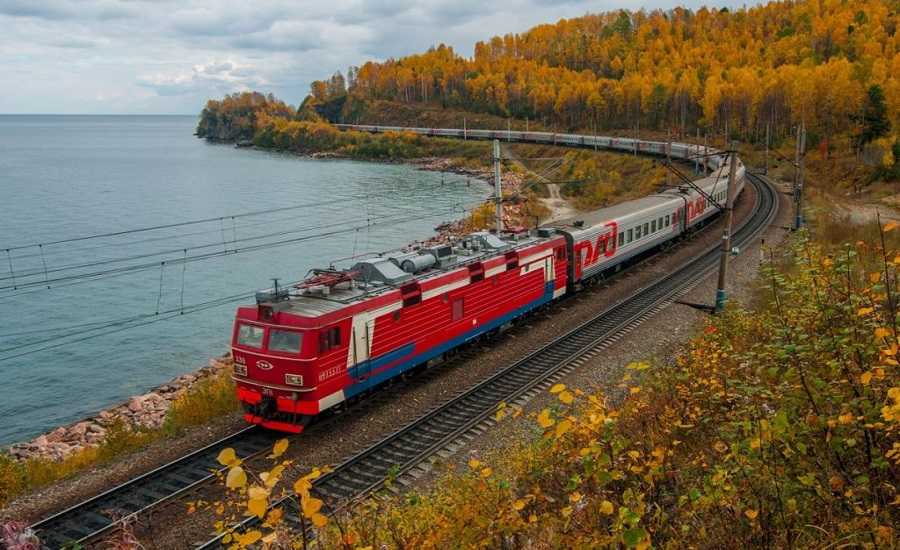
As mentioned earlier, due to the expense of flights and the less than ideal roads, for journeys 200 km and further, long-distance trains are a must. They run at anytime of day, with the most sought-after being over-nighters. Though the trains on these routes cannot be compared to the Orient Express, the majority of them are rather nice. Journeys can last a couple of hours to more than a week.
Electric suburban train (пригородный)
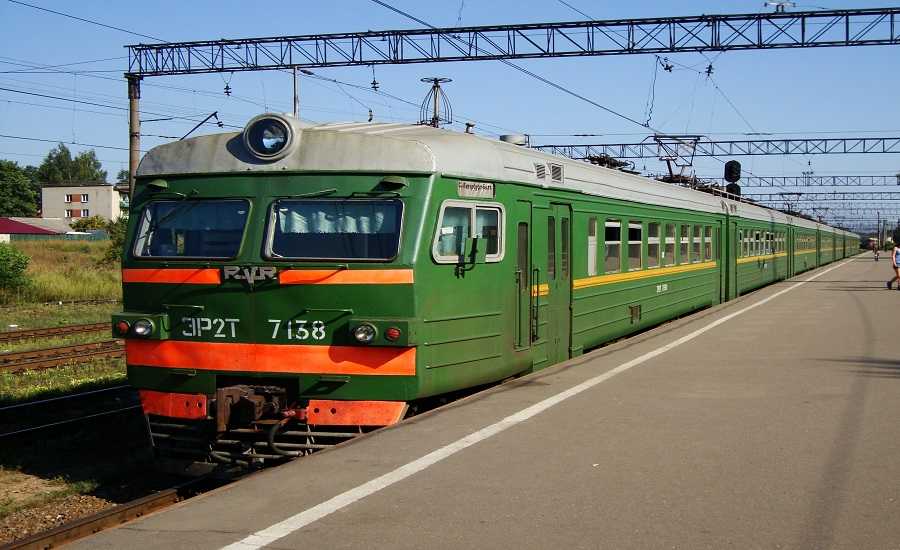
The most popular and eco-friendly way to travel in Russia is not with a Prius, which are few and far between, but the much-loved elektrichka. The rattle of these well-used electric-trains can be heard in almost every Russian city and are relied upon by the thousands who live in the suburbs to take them to work in the morning. Many are practically relics, dating back to Soviet-times, but they do the job and their benches aren’t nearly as hard as they look. Beware, though there are plenty of elektrichkas they can get packed on weekends when many use them to get to their dachas (summer houses) or the forest for mushroom-foraging. Often there’ll be a man playing an old sailor’s tune on an accordion or a girl selling flowers— you’d struggle to experience anything more authentically Russian than a ride on one of these. Tickets are reasonable (though you wouldn’t think that from the scandal that’s been kicked up about a recent rise in fares!) and can be bought at any train station.
Types of compartments
VIP (Luxury carriages)
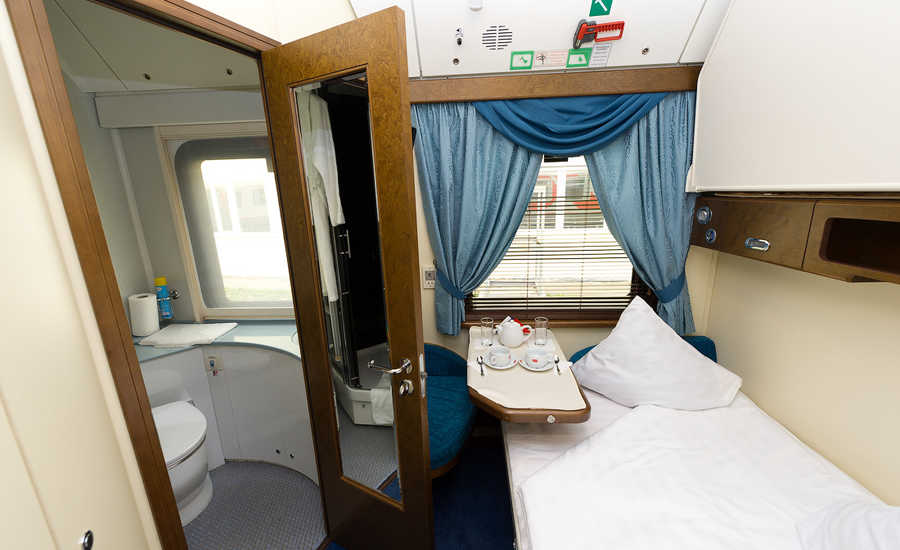
In Russia, when you see the words VIP you know that it’s going to be quite something! On the rail it’s no different. A VIP carriage can hold 4-6 cabins which are double the size of standard compartments. Try to get on a carriage with four as they have a snazzy lounge-bar to boot. For older, less mobile travelers it’s worth keeping in mind that just like in 2nd class the beds in VIP are bunks (if that’s problematic go 1st class). VIP compartments are more like rooms than cabins; being fully-furnished with a table, arm chair and cupboards. There’s even an en-suite bathroom with a shower, sink, vacuum-toilet and under-floor heating! TV and WiFi ensure boredom is never a worry; though it must be said that the WiFi can falter (especially in the countryside) and the films on offer are usually Russian. We recommend that you bring a collection of discs or a usb and get a Russian sim card with data just in case.
1st Class (SV - Sleeper Carriage)
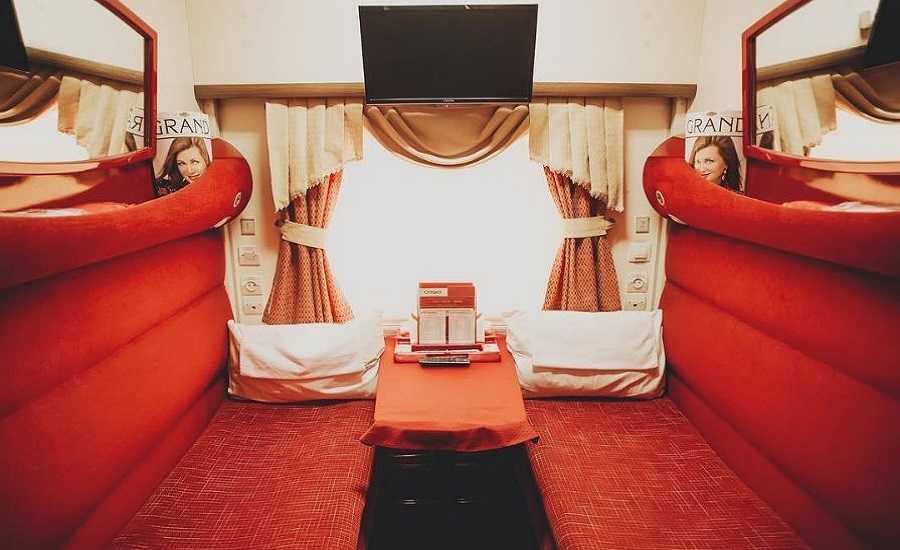
1st class cabins are slightly smaller than VIP cabins and aren’t furnished with arm-chairs but they are still rather luxurious. With two lower couchettes that fold out into roomy beds and a table for sipping tea while the world whirrs by, it’s easy to imagine how living the life of an aristocrat might have felt like one hundred years ago. Sometimes on longer journeys there are showers available for a small fee— something which 2nd class doesn’t offer unfortunately. Should you wish to travel alone, buy two tickets and relish the peace and clarity of mind travel provides. You may see this type of cabin called SV on Russian websites.
2nd Class (kupe - coupé)
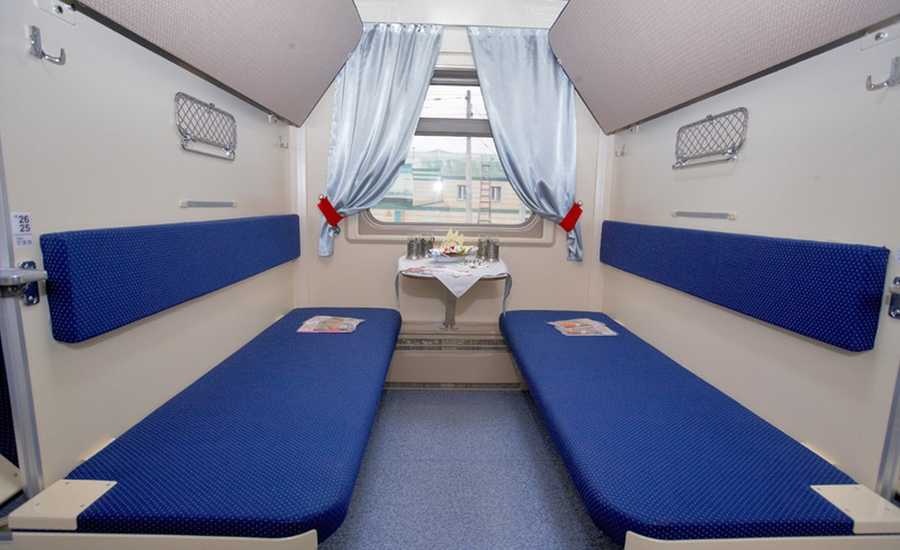 Comfortable and cozy, 2nd class compartments or kupes are ideal for families, large groups or a sociable lone traveler. There are two lower and two upper bunks in one compartment with a lockable door. It is a bit of a squeeze, so make sure you’re with people you don’t mind getting close and personal with!
Comfortable and cozy, 2nd class compartments or kupes are ideal for families, large groups or a sociable lone traveler. There are two lower and two upper bunks in one compartment with a lockable door. It is a bit of a squeeze, so make sure you’re with people you don’t mind getting close and personal with!
3rd Class (Platzkart - shared open compartment)
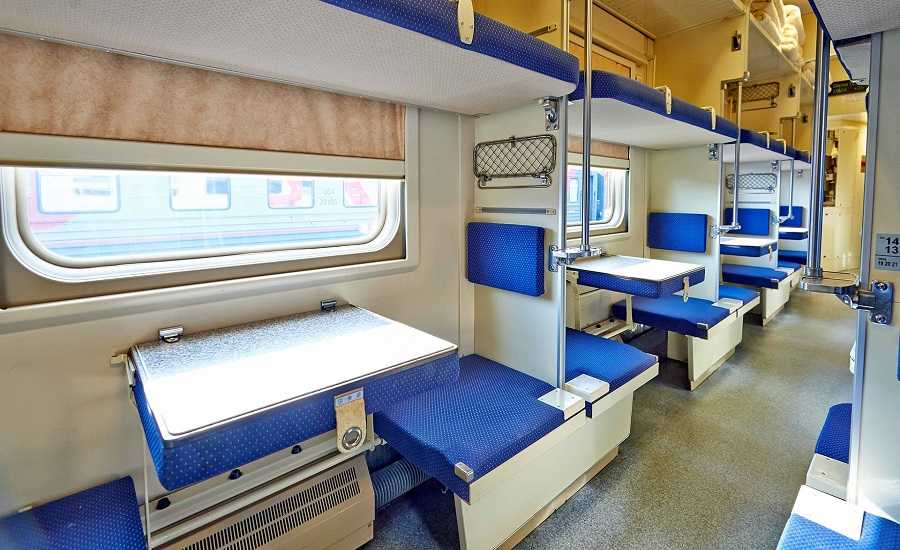
Travelling 3rd class on Russian trains is a cheap and cheerful experience, *but* it is not for the timid. With no doors, pull-around curtains or any other means available to offer even the tiniest modicum of privacy, this is true soviet, “with-my-comrades-style” travel. The carriages are clean with a narrow corridor running through the center. On one side there are two bunk beds side-by-side with another bunk bed by the opposite window. These groups of six berths run throughout the carriage without any divisions. Famed for its tea-parties, vodka-parties and every-other sort of party you can imagine; lone travelers may find mass-communal travel to be the most fun and safest option. If you decide to give Platzkart a go, a pack of cards is a must!
Seats
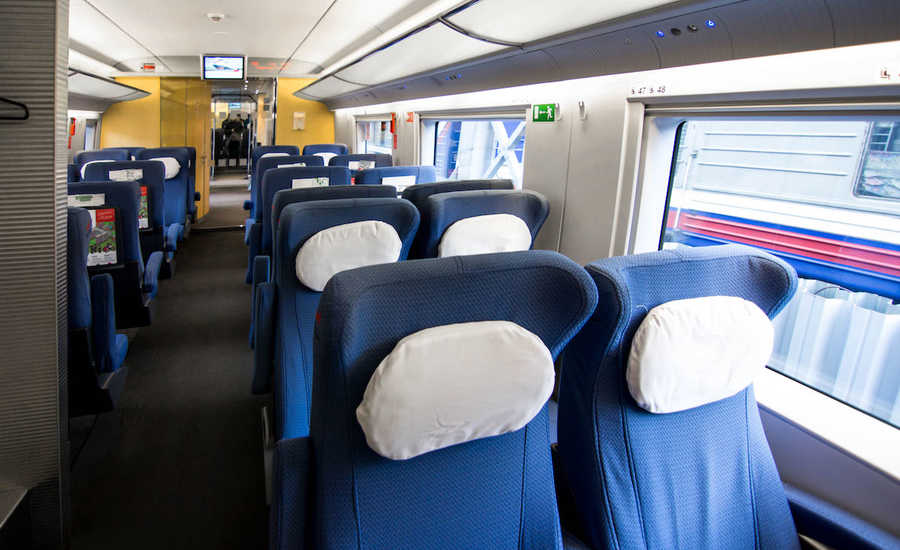
Finally, the option with the least-frills is just a plain old seat. In older trains they might not exactly be comfortable, but newer trains like Sapsan have seats almost identical to the ones found in airplanes with different classes to choose from. Surprisingly, seated isn’t always cheapest. Overnight trains tend to trump the prices of modern seater trains. But some seater trains do have the advantage of being very fast, like Sapsan which makes the usual 12 hour journey in just a third of the time.



